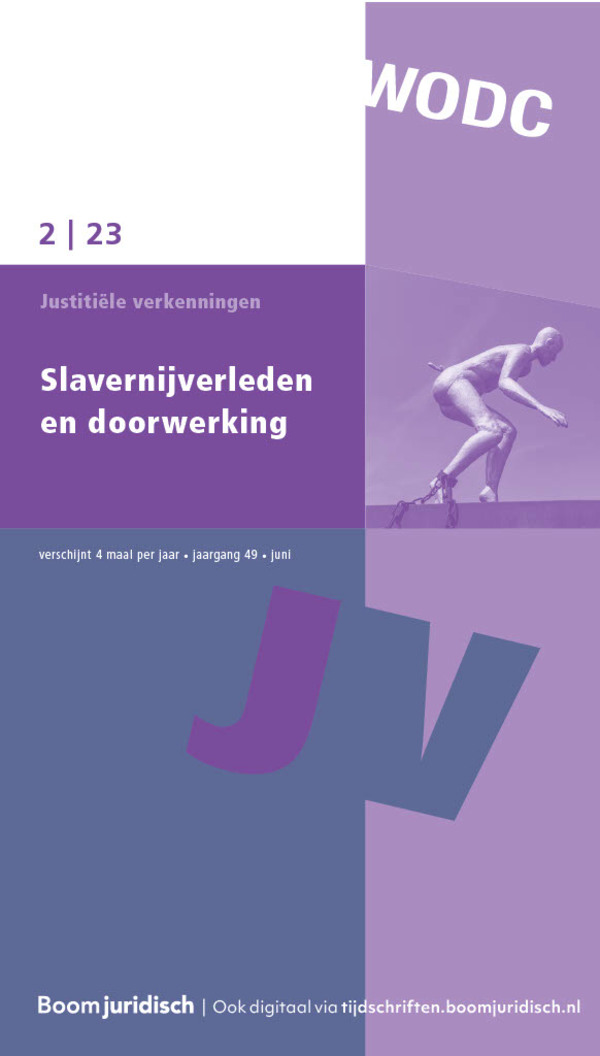|
In recent decades the night-time economy has started to play a significant role in city centre regeneration; it has become a vital element of the urban economy, as well as a marketing tool in the competition between cities. Concerns about personal safety and fear of crime determine to a large extent the success of these nightlife districts. Based on an analysis of policy documents, night-time observations and expert interviews with stakeholders in the Safe Nightlife Programmes of Rotterdam and Utrecht, different local safety measures and their legitimizations in different local urban settings will be analysed. The question raised is how surveillance measures in different nightlife districts are legitimized, taking into account the fact that cities' nightlife districts do not only need to be safe, but are also favoured by its visitors for adventure and excitement. What are the social implications of these surveillance measures and what does this mean for the character of cities' nightlife districts? |


Justitiële verkenningen
Meer op het gebied van Criminologie en veiligheid
Over dit tijdschriftMeld u zich hier aan voor de attendering op dit tijdschrift zodat u direct een mail ontvangt als er een nieuw digitaal nummer is verschenen en u de artikelen online kunt lezen.
| Redactioneel |
Voorwoord |
| Auteurs | M.P.C. Scheepmaker |
| Artikel |
Uitgaansstad onder spanning |
| Auteurs | I. van Aalst en I. van Liempt |
| SamenvattingAuteursinformatie |
| Artikel |
Drugstrends in het Amsterdamse uitgaansleven |
| Auteurs | T. Nabben en D.J. Korf |
| SamenvattingAuteursinformatie |
|
The introduction and fast growing popularity of electronic dance music has strongly influenced the spread of so-called party drugs in Amsterdam. Trends in substances use in Amsterdam's nightlife have been monitored systematically with ‘Antenna’, combining qualitative and quantitative methods. Ecstasy remained the most popular stimulant drug, but since the late 1990s it had to compete with cocaine, and to a lesser extent with amphetamine. In the past decade, GHB and ketamine also gained popularity among clubbers and pub-goers. However, the vast majority does not take illicit drugs while going out at night. Alcohol remains by far the most popular substance, and has become even more important in the past decade. |
| Artikel |
Geweld en de alcoholcultuur van plattelandsjongeren |
| Auteurs | D. Weenink |
| SamenvattingAuteursinformatie |
|
This paper analyses the association between rural youth violence, drinking alcohol in the weekend and going to the pub, as compared to their peers in more urbanized areas. In addition, the paper analyses whether the gender gap in the use of violence is larger for rural youth. Based on self-report data of 5,062 youngsters aged 14-22 years old, two forms of violence were analysed. The first concerns physical violence: fighting, hitting someone resulting in medical treatment and wounding someone with a weapon. The second comprises behaviour that prepares for the use of violence: threatening and carrying a weapon. These two forms of violence were related to two types of rural areas on the basis of population density. It turned out that youngsters living in the least densely populated areas were not less likely to have engaged in physical violence whereas their peers in more densely populated rural areas had somewhat lower chances to do so. Concerning behaviour that prepares for violence, the analyses showed that in both rural areas, youth were slightly less likely to have engaged in such behaviour. Furthermore, the association between drinking alcohol and the use of physical violence was stronger for youth living in both rural areas. The results also indicate that the gender gap in youth violence is not larger for rural youth. The paper concludes that future research should inquire the specific meanings of alcohol and violence in rural youth culture. Such research should take the diversity of rural areas into account, rather than relying on measures of population density only. |
| Artikel |
Alcohol en agressie: een complexe relatie |
| Auteurs | N. van Hasselt, N. van Bunningen en R. Bovens |
| SamenvattingAuteursinformatie |
|
Not everyone using alcohol turns aggressive. The effect of a substance like alcohol works differently for different individuals. This is not only due to the substance itself, but also to the drinker's attitude, state of mind and personality, as well as the physical, social and cultural settings in which drinking occurs. The relation between alcohol consumption and aggression is therefore a complex one. Moreover alcohol consumption often takes place in settings and situations where other aggression stimulating factors are present. This article explores the relation between alcohol and aggression on the basis of existing literature. Attention goes to the effects of the substance itself, the drinker and the context in which the drinking takes place. |
| Artikel |
Etnische diversiteit en veranderingen in het stedelijk nachtleven |
| Auteurs | S. Boogaarts |
| SamenvattingAuteursinformatie |
|
The urban population is becoming increasingly diverse and the growing (ethnic) diversity is having a singular effect on nightlife in Dutch cities. This paper examines the motivation behind and the nightlife choices of the young people who participate in ethno-party scenes. By doing so it explores how the changing urban population affects the supply side of the nightlife market. The research findings discussed in this paper are taken from in-depth interviews with consumers and producers of Turkish, Moroccan and Asian parties in the Netherlands, from participant observation in these three scenes and from in-depth interviews with club owners of popular clubs. |
| Recent |
Internetsites |
| Agenda |
Congresagenda |
| Recent |
WODC: website en rapporten |
